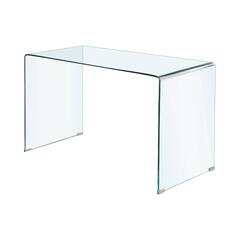Monitor Manufacturers are missing the boat - The Rant
-
Topics
-
xmegaMind1 ·
Posted in Troubleshooting0 -
AngelaHornung ·
Posted in Windows0 -
0
-
0
-
0
-
Arvo.k ·
Posted in General Discussion4 -
Eowen ·
Posted in General Discussion4 -
MmmmTaterss ·
Posted in Troubleshooting1 -
SuperCookie78 ·
Posted in Graphics Cards2 -
4
-
-
play_circle_filled

Latest From ShortCircuit:
I tried 20 influencer foods, here are the best… and the worst…





.thumb.jpeg.5a75472de8ec6b83a6120a7843a9e852.jpeg)










Create an account or sign in to comment
You need to be a member in order to leave a comment
Create an account
Sign up for a new account in our community. It's easy!
Register a new accountSign in
Already have an account? Sign in here.
Sign In Now